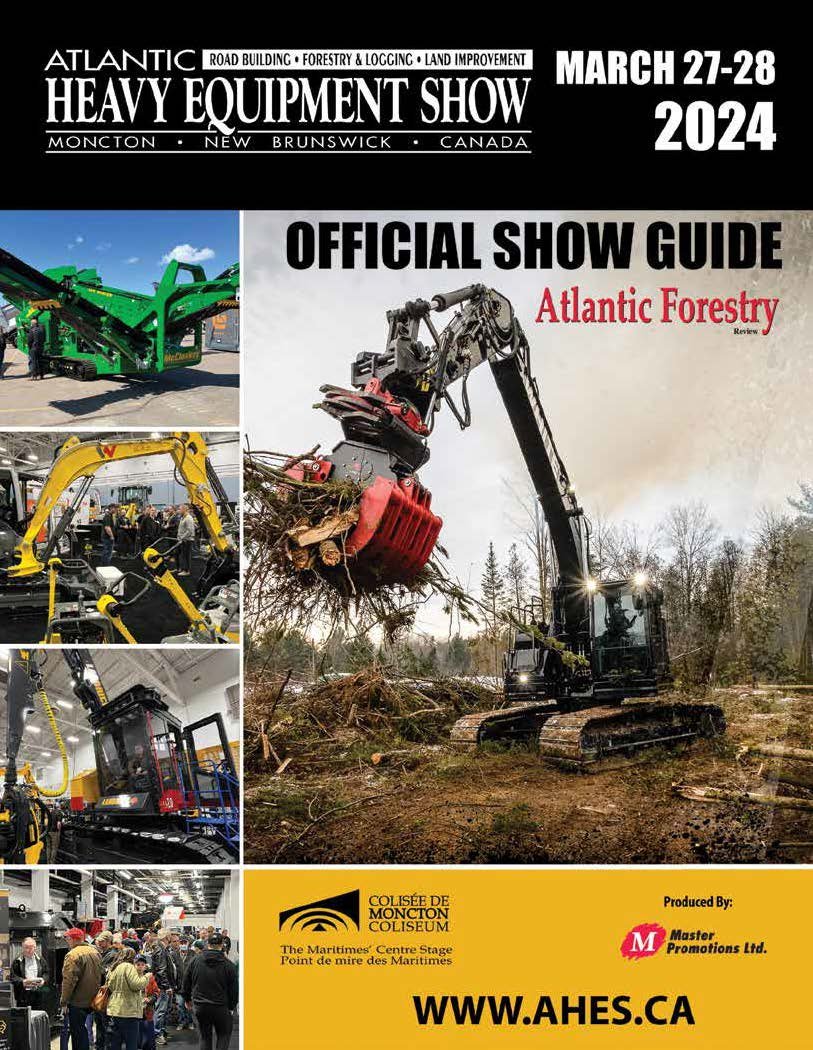Horse & Pony May-July 2021
/Prep work
True to my goal of managing my pastures better in 2021, I’ve been spreading lime and over seeding. I won’t get everything done, so I’m focusing on fields where the types of weeds suggest the soil is sour. Real farmers would test the soil. Real farmers would also have the gear to make the job easier. My approach results in a good workout.
We have enough hay in the mow to get through to a late hay season. Soon the horses will be on grass during the day – if I can believe the peepers. Nicole Kitchener’s piece “Hay You! What to do when there’s a hay shortage” takes us through hay sourcing best practices in time to prepare for this season. It was a rough winter for finding hay, and that led to a lot of negativity on online hay sourcing networks. I noticed more than a few posts from those feeling entitled to summertime hay prices in the middle of winter after a tough drought year.
The best option I’ve found for securing a yearly hay supply is to drag your people out to the hayfields on what will likely be the hottest day(s) of the year. You’ll need trucks and big trailers to transport enough hay back home – unless you want to make many trips. A hay elevator is also a necessity should you not have access to several young people training for Olympic sport. You could also do round bales, but where’s the fun in that?
This doesn’t make your hay cheaper unless you are applying “horse math” to the process. Figure in the cost of the labour (you might be lucky enough to get it free), the access to transport, and the costs associated with your storage location (including insurance, utilities, etc.). You might just find your hay is more expensive than delivery in January, but (hay!), the peace of mind is priceless.
Another horse-keeping nightmare that trumps the stress level of running out of hay in January is also covered in this issue. Foaling trouble that leads to the loss of a mare, or a foal that can’t or won’t nurse, is a crisis that eventually everyone breeding horses will likely encounter. “Critical connections: Online network helping breeders find nurse mares, colostrum” is an example of what’s best about online networks. Hopefully this resource will save the day, and quickly, for a local foal in need.
Hay in the loft, and colostrum in the freezer. It’s like packing the trailer the night before the show.
It was a treat to welcome recently-retired contributor Judith Scrimger back for this issue. Her story, “Taking it international in the pandemic,” follows Liberty trainer Janice Bennett’s successful transition into virtual competition.
Hopefully by the next issue, vaccinations will have us well on our way to getting back together more easily. I’ll be rolling up my sleeve this week. In the meantime, happy riding and take care.



















